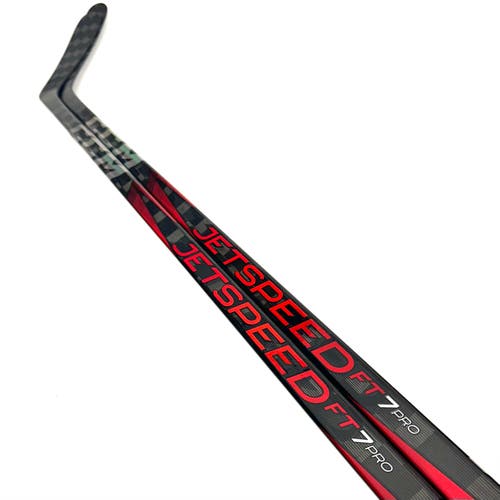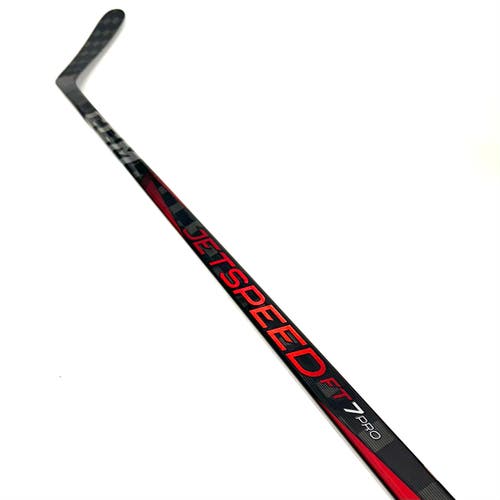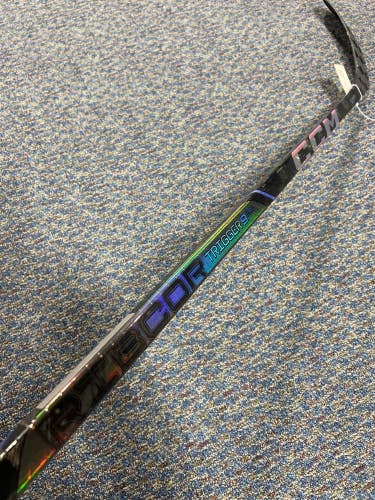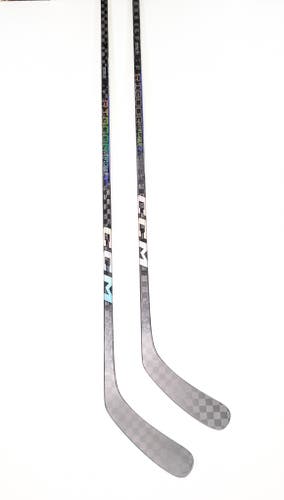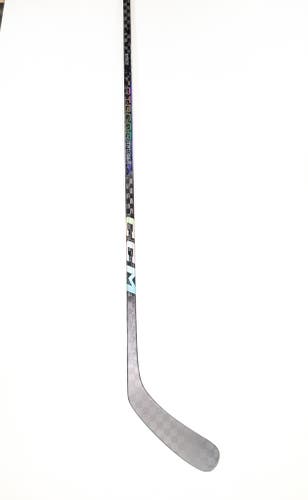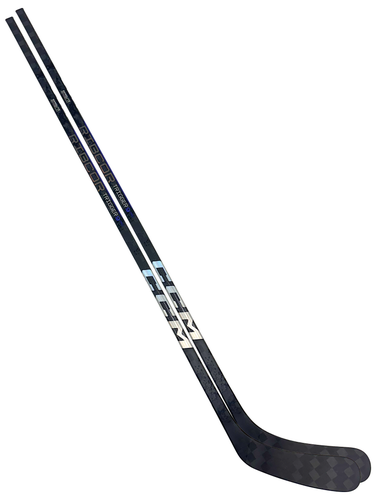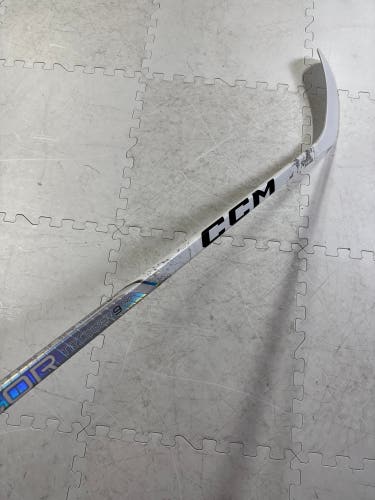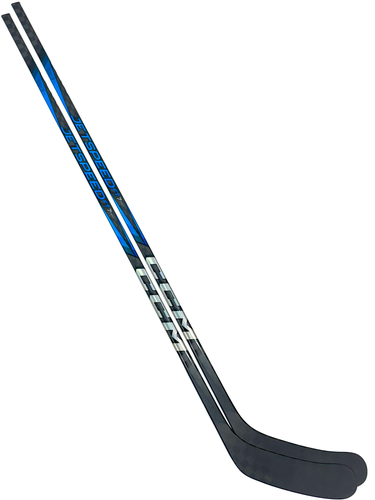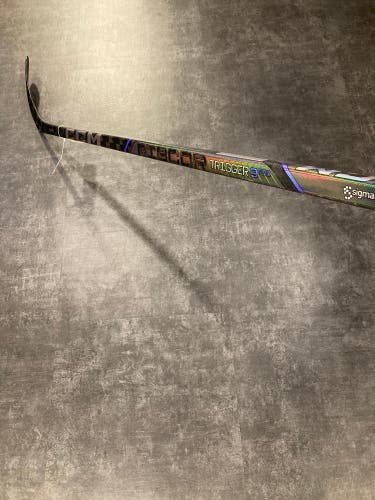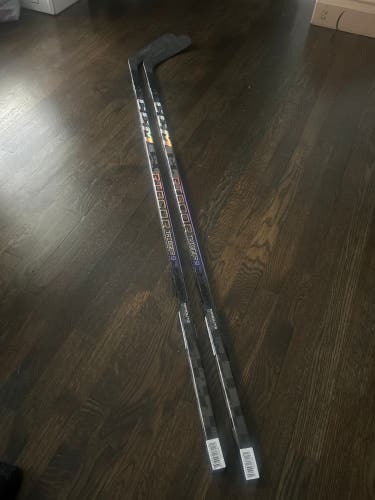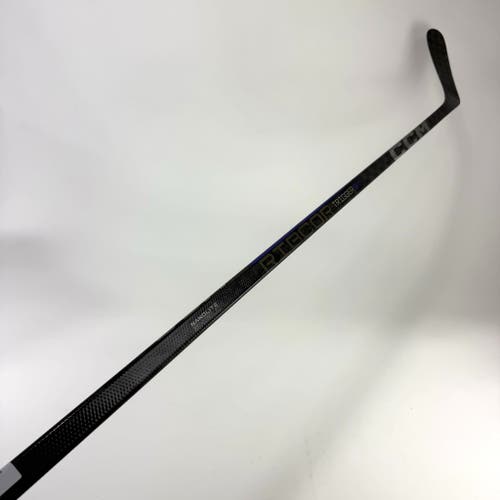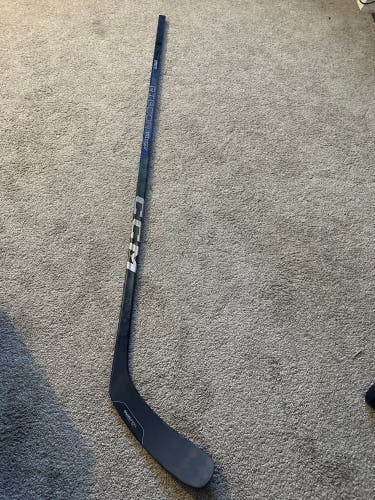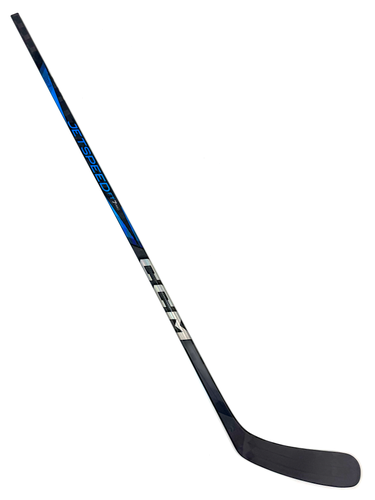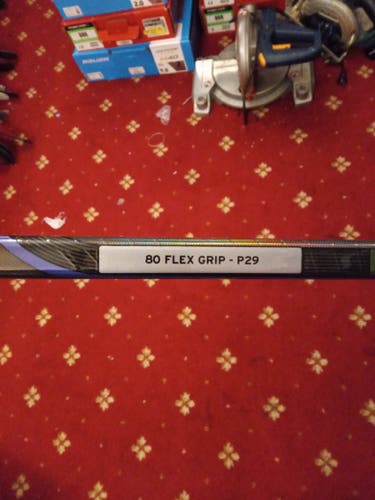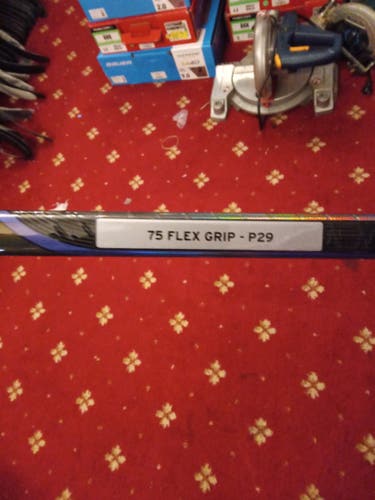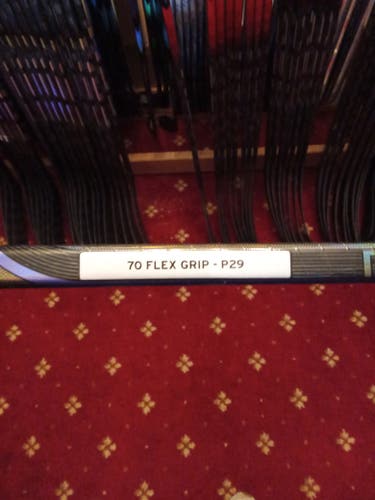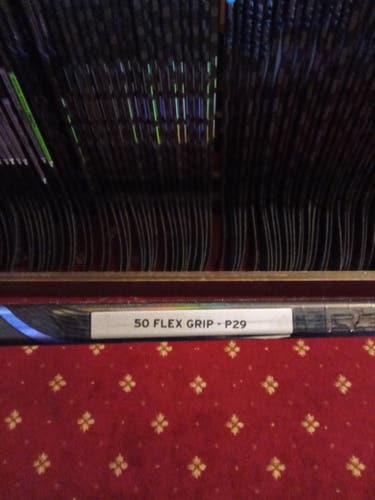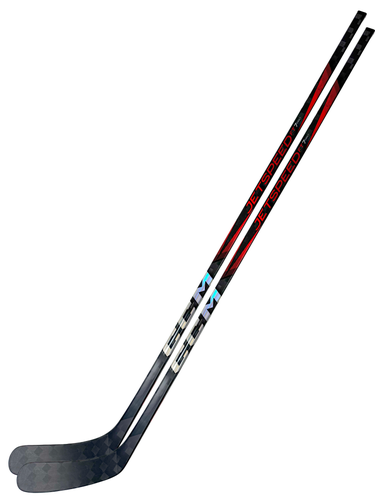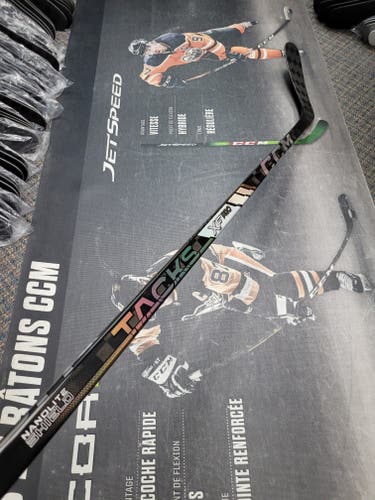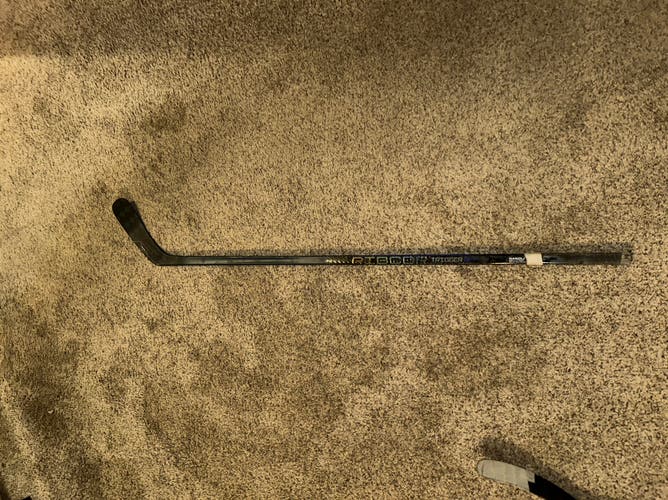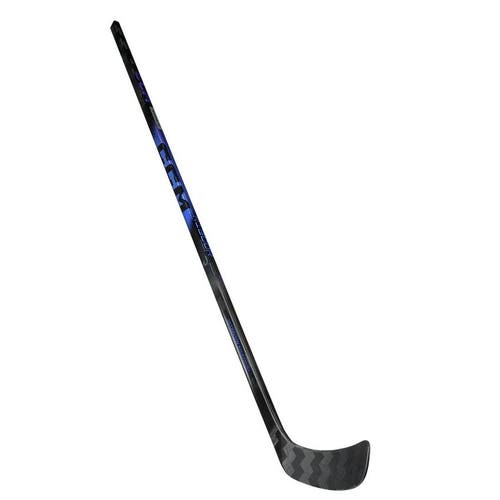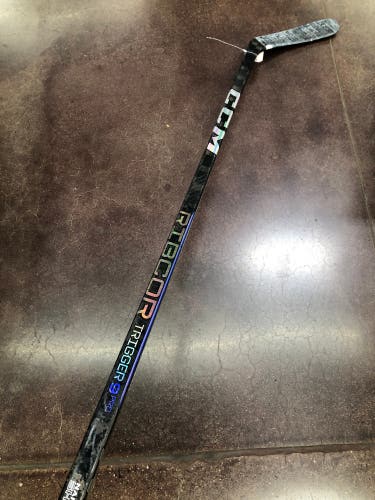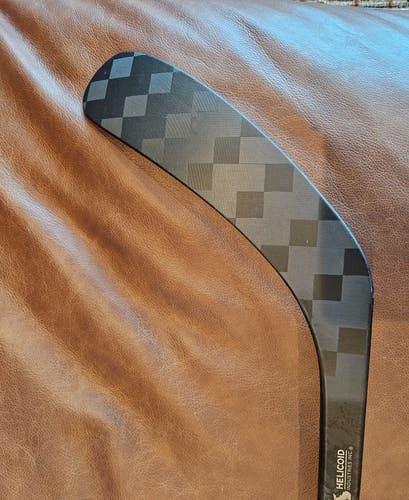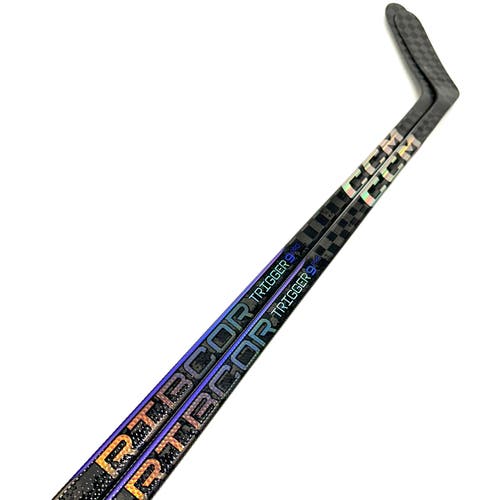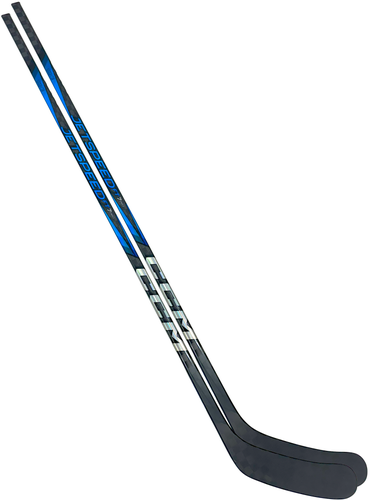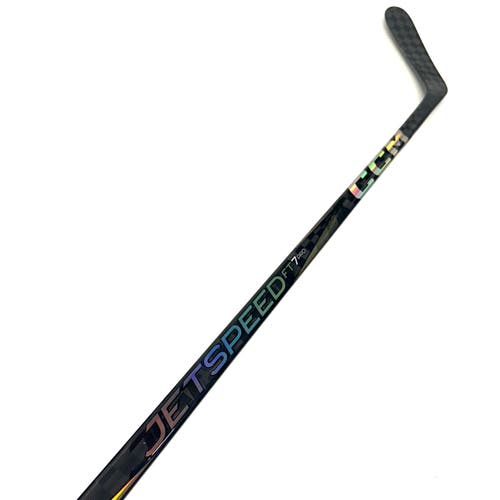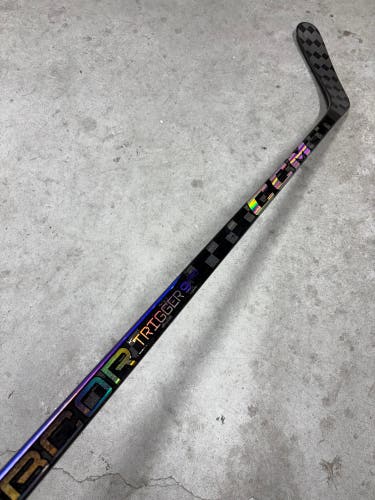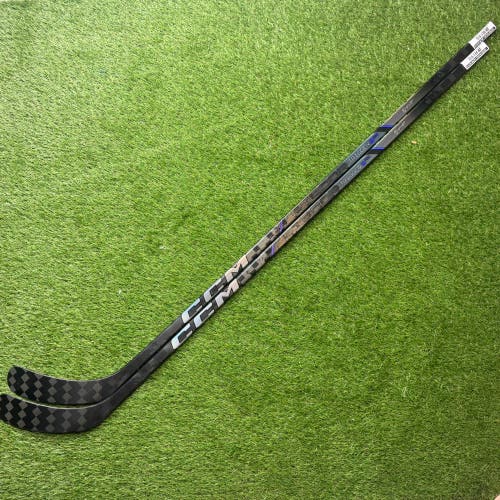FAQs: CCM RibCor Trigger 9 Pro Hockey Stick
Q: Who is the Trigger 9 Pro best for?
A: Players who want the quickest, easiest toe‑side release. RibCor’s low‑kick profile favors snap/wrist shots in tight, catch‑and‑release off the pass, and quick handles around the slot. If you found Tacks too power‑load or JetSpeed too neutral, Trigger 9 Pro emphasizes speed and pop.
Q: What kick point does the Trigger 9 Pro use?
A: Low‑kick. It’s tuned for minimal load time and a fast, responsive release—especially off the bottom of the shaft and blade toe. Great for quick-strike shooters and smaller wind‑ups; less ideal if your game leans on heavy, full‑load slappers.
Q: How does the Trigger 9 Pro feel vs Trigger 7 Pro and FT8 Pro?
A: Compared to Trigger 7 Pro, most riders describe 9 Pro as similarly quick but a touch more refined in feel and consistency. Versus FT8 Pro (hybrid kick), 9 Pro is faster to trigger at the toe but less stable on big power loads. Choose by release style.
Q: What’s the weight and balance like on the 9 Pro?
A: Elite‑tier light with a quick, blade‑active feel many call “whippy‑fast.” Real grams vary by length/year; balance shifts if you cut several inches. If weight matters, ask the seller for scale photos and a balance‑point measurement from the butt‑end.
Q: Blade feel: dampened or pingy on Trigger 9 Pro?
A: Most users report a responsive, slightly livelier blade tuned for quick release rather than ultra‑dampened feel. It still controls hard passes well. Tape pattern and curve influence feel—full wraps mute more, minimal toe wraps feel livelier.
Q: Does the Trigger 9 Pro use CCM’s Skeleton+ taper?
A: Recent RibCor Pros feature Skeleton+ taper construction for better consistency through the hosel/taper area. Always confirm on the listing/spec tag for the exact build on your stick, especially if it’s pro stock or a different model year.
Q: Is the Trigger 9 Pro durable?
A: Feedback is solid for an ultra‑light low‑kick: normal cosmetic wear with longevity tied to flex choice, cut length, and usage. Heavy slappers, faceoffs, and off‑ice shots can accelerate wear. Inspect used listings for shaft cracks and blade heel/toe separation.
Q: Does the Trigger 9 Pro get “whippy” over time?
A: Any very light low‑kick can feel softer with heavy use. Cutting several inches also stiffens flex but may shift balance. If you’re hard on sticks (slappers/FOs), consider one flex up or plan a conservative cut.
Q: What shaft shape does RibCor use?
A: RibCor sticks typically use CCM’s ergonomic “E‑geometry” style for quick hand transitions and easy loading. Many players coming from square‑ish shafts find E‑geometry more comfortable for toe pulls and quick handle moves.
Q: Which curves are common on the Trigger 9 Pro (P28, P29, P90TM)?
A: You’ll commonly see P28 (fastest toe release), P29 (balanced Crosby‑style), and P90TM (P90 with a taller toe for control). To minimize adjustment time, stick close to the pattern you already use; P90TM is a popular middle ground.
Q: What lies are typical on Trigger 9 Pro patterns?
A: Most retail patterns ship in common lies (often 5–6 depending on curve). Upright stance and narrow hands tend to prefer higher lies; deeper knee bend or wider hands often prefer lower. Verify curve/lie codes on the blade sticker in listing photos.
Q: Is the Trigger 9 Pro good for slapshots and one‑timers?
A: It can handle them, but its superpower is quick snapshots/wristers. For repeated heavy slappers or long one‑timers, consider a slightly stiffer flex—or look at a mid/hybrid kick (Tacks/JetSpeed) if power‑loading is your priority.
Q: Grip vs matte on the Trigger 9 Pro—does it matter?
A: Preference. Grip improves torque/control; matte slides hands more freely for dekes/faceoffs. Many describe CCM’s grip as moderately tacky. Choose based on your gloves and how often you slide your top hand.
Q: What flex options are available, and how does cutting affect feel?
A: Senior flexes often include ~75/80/85/95+, with Intermediate/Junior below. As a rule of thumb, every inch cut increases effective flex by ~3–5 points and can shift balance. Plan the final height before choosing flex, or test with an end plug first.
Q: Retail Trigger 9 Pro vs Pro Stock—what should I know?
A: Pro stock may change construction, balance, or pattern codes and typically lacks a retail warranty. Look for team codes and spec tags, confirm uncut length/actual flex, and ask for close‑ups of the label before buying.
Q: What should I check when buying a used Trigger 9 Pro?
A: Verify hand, flex, curve, lie, and cut length. Inspect:
- Shaft: cracks or soft “spongy” spots
- Blade: heel/toe separation or delamination
- Hosel/toe: chips/splits

